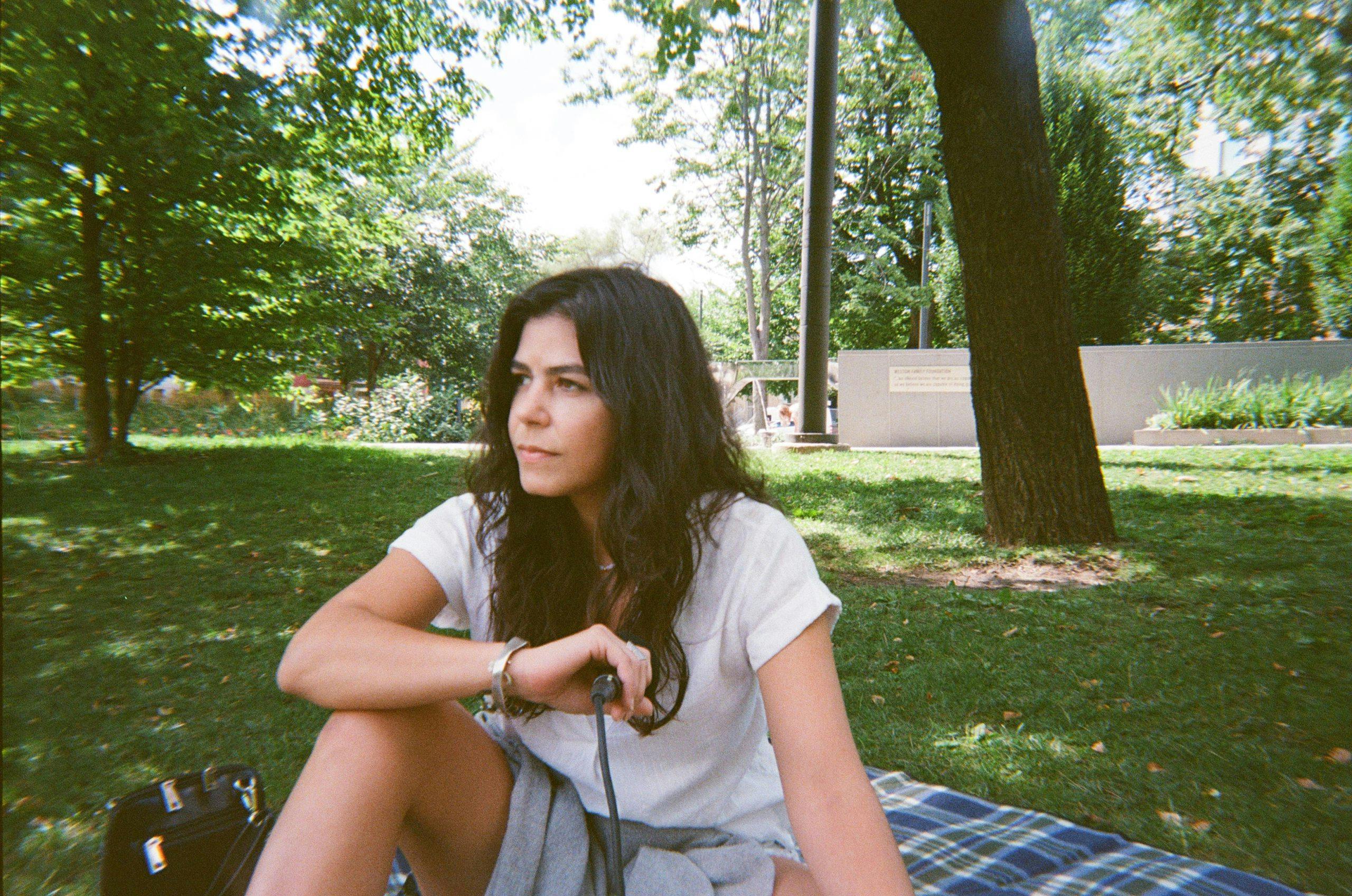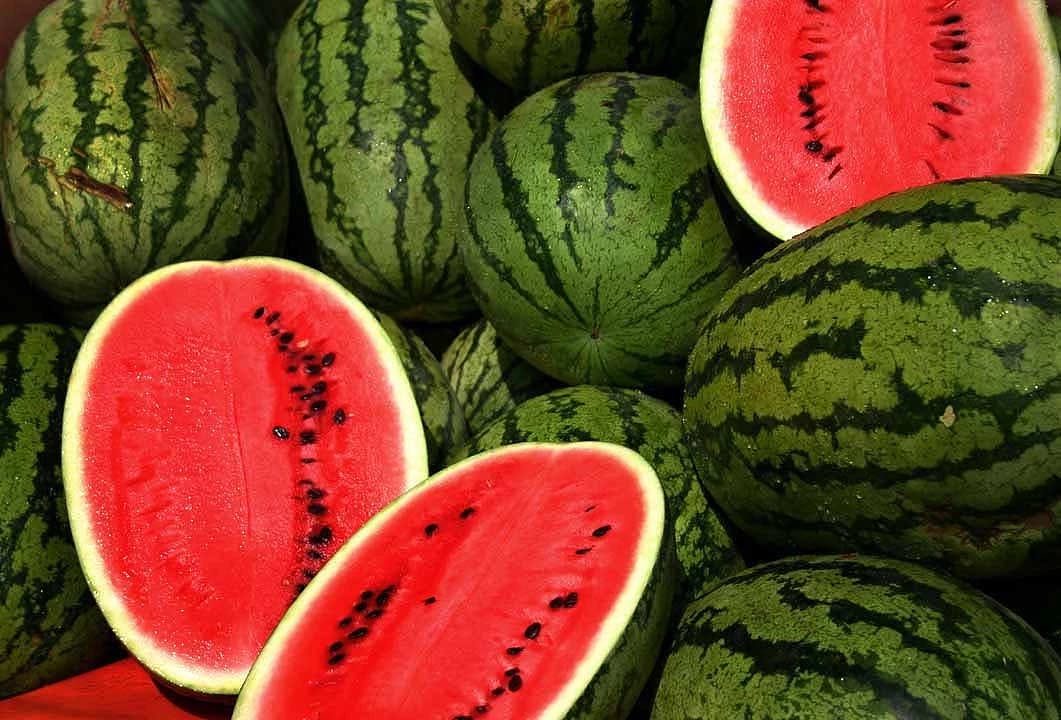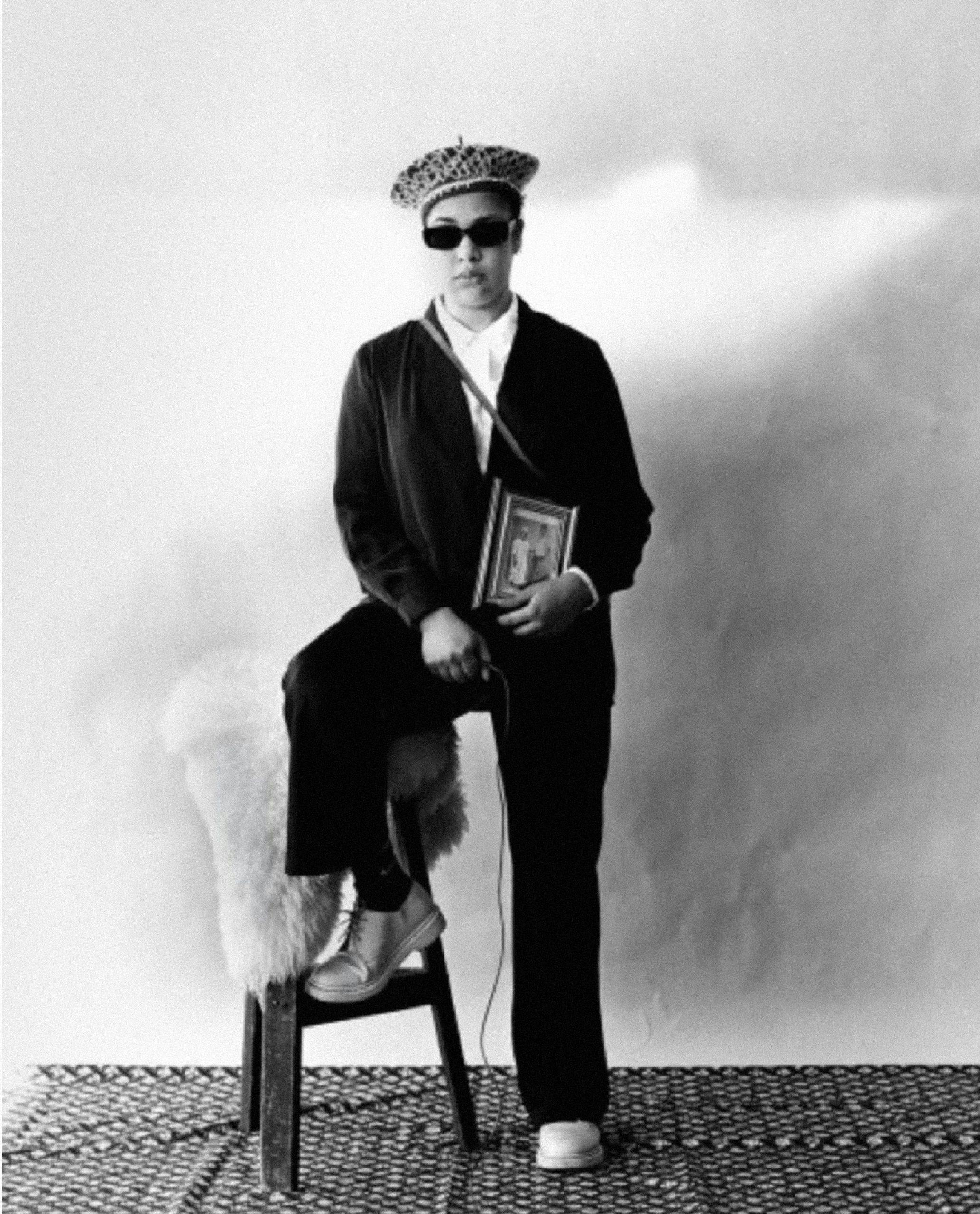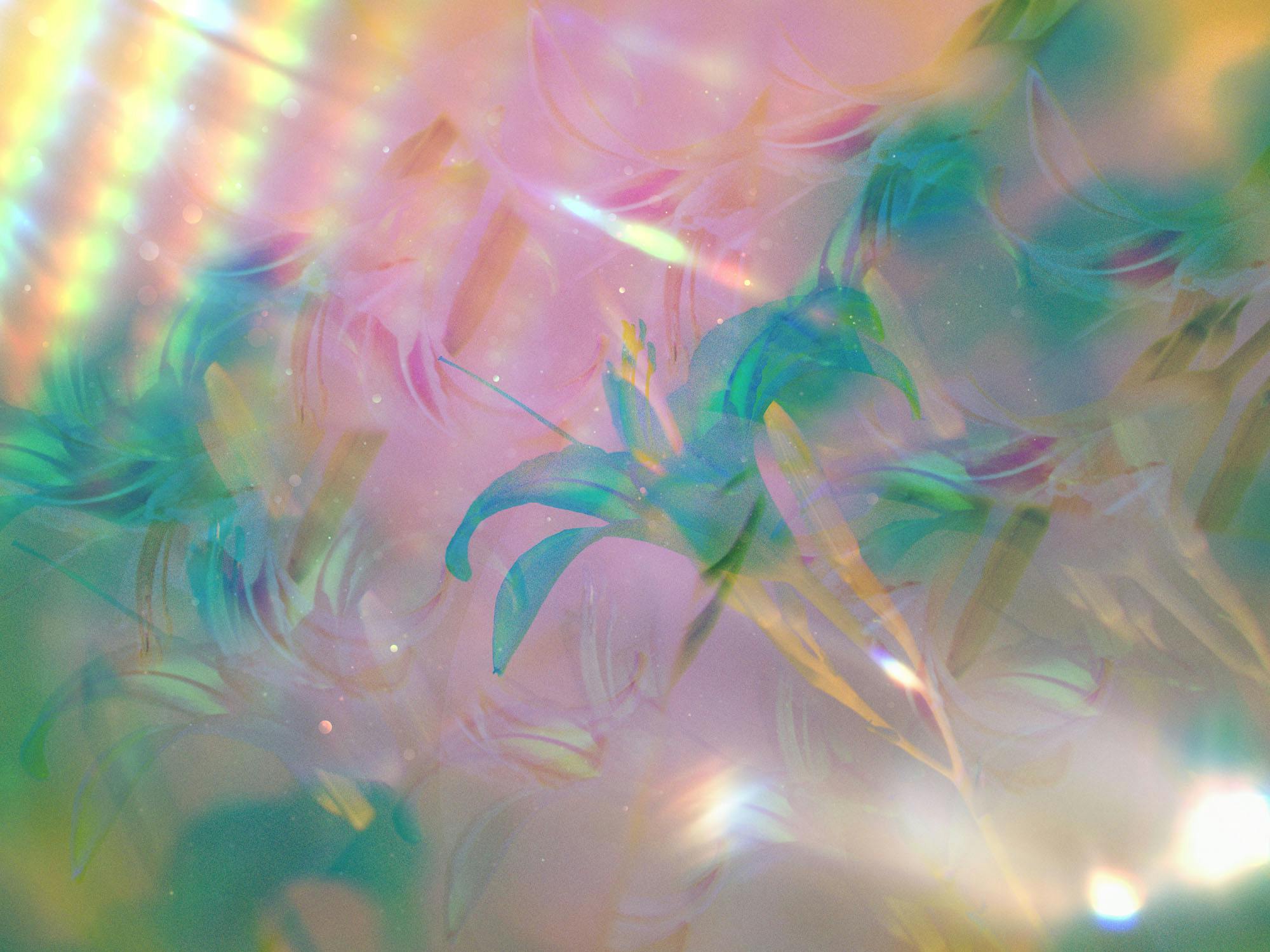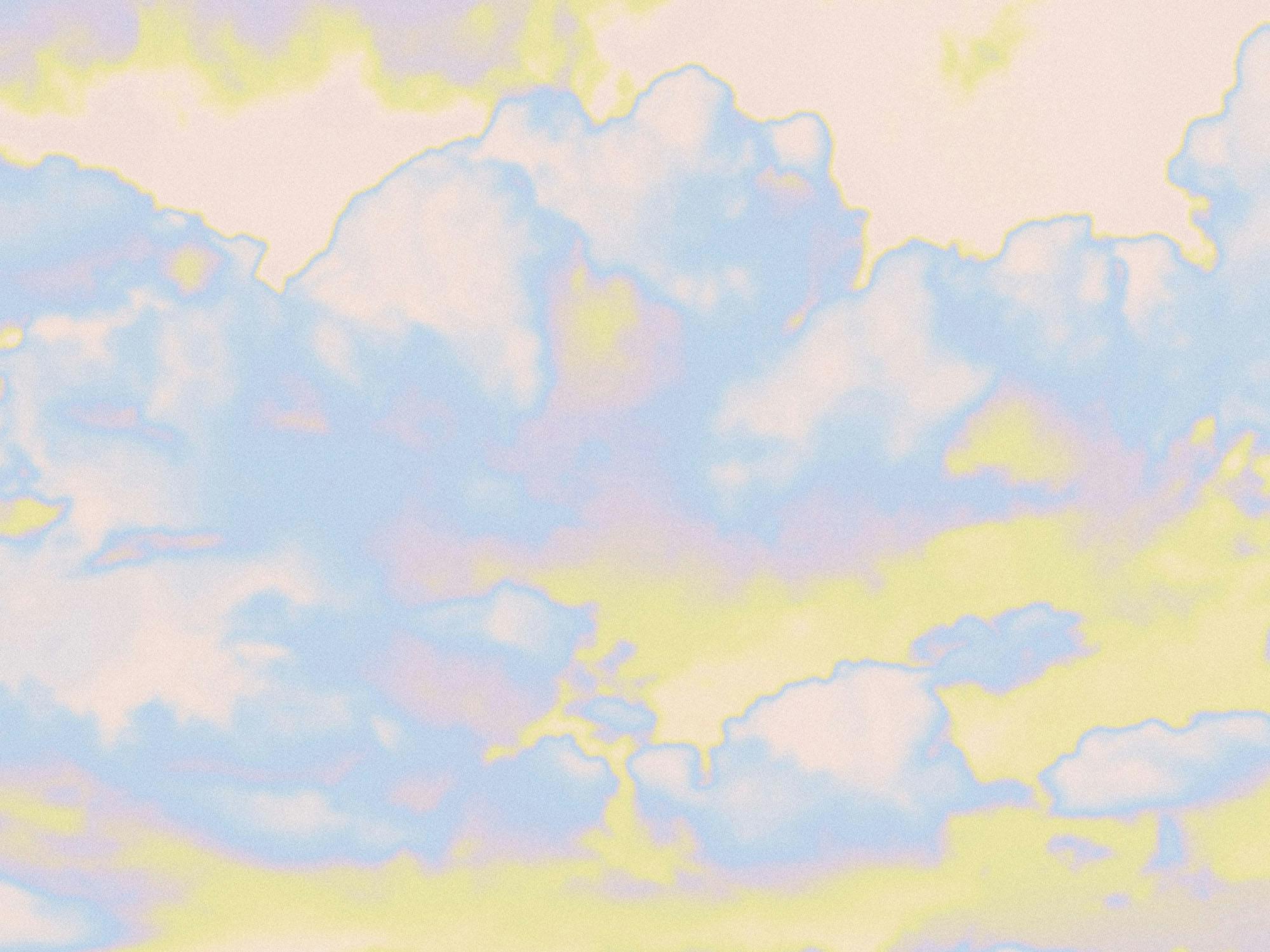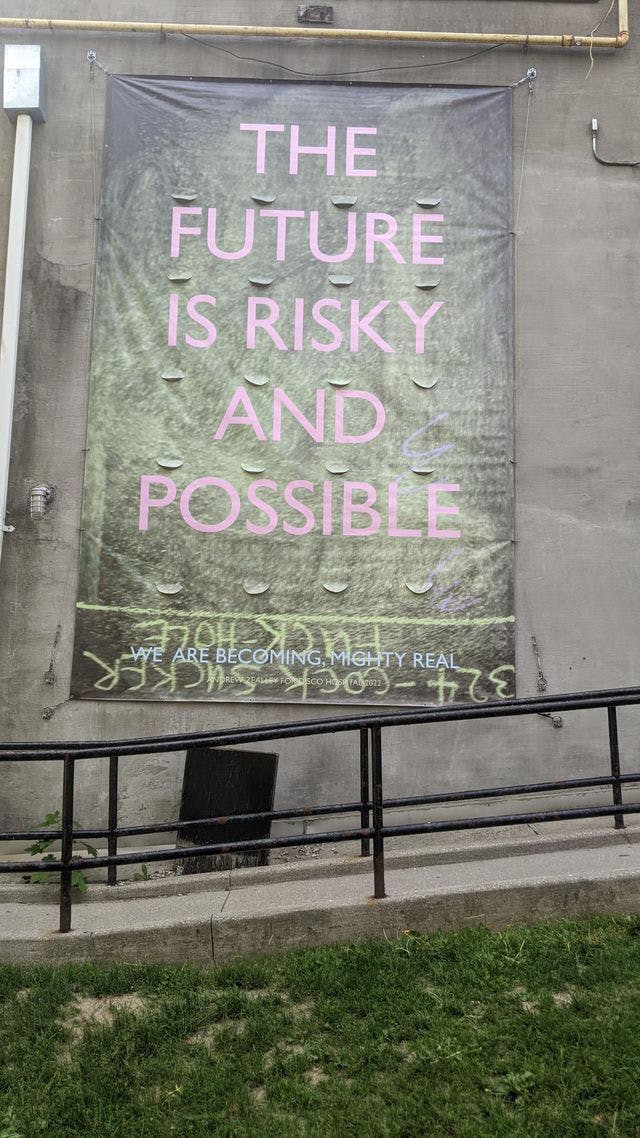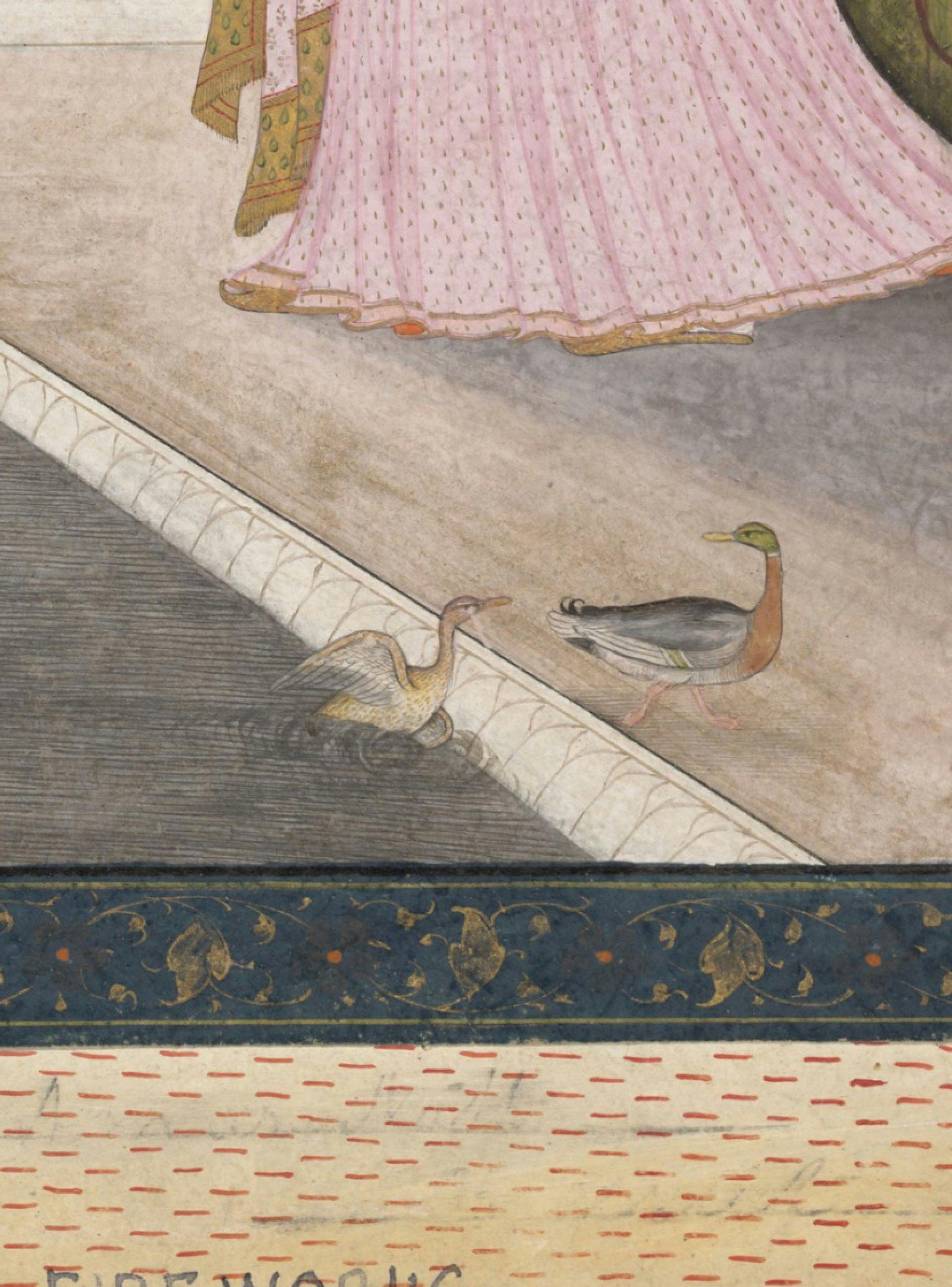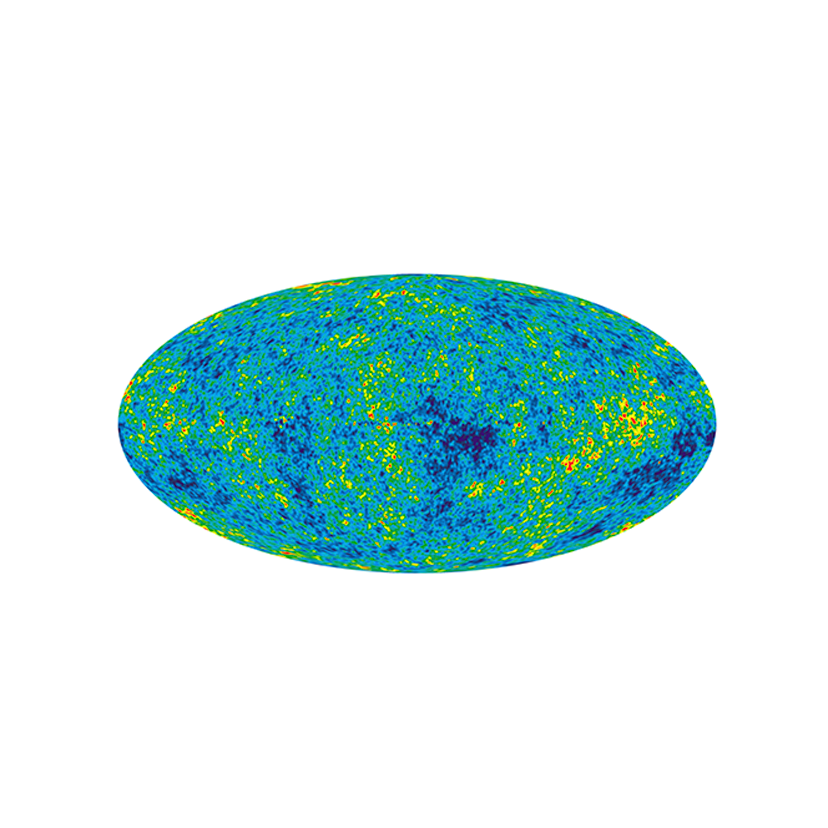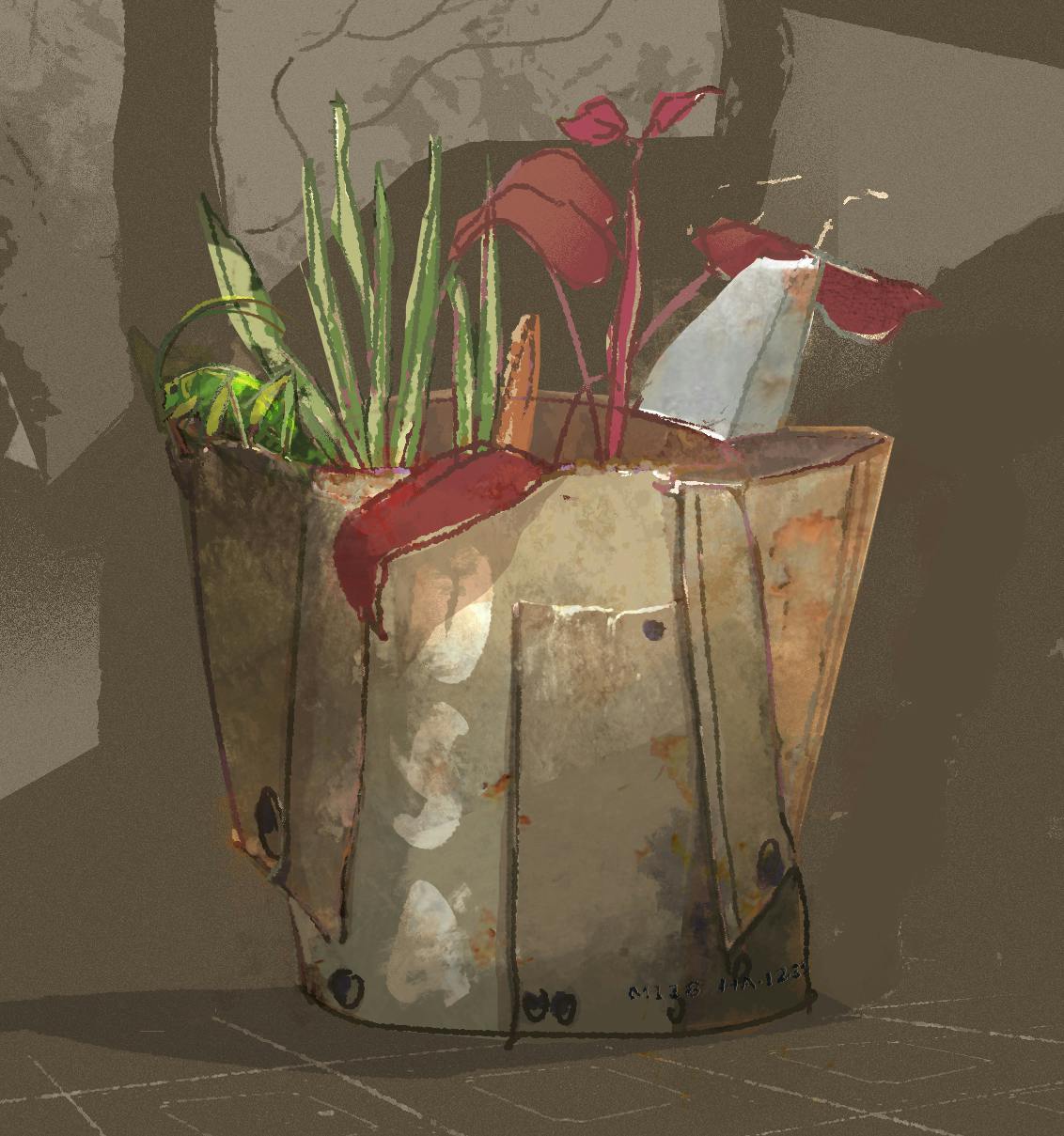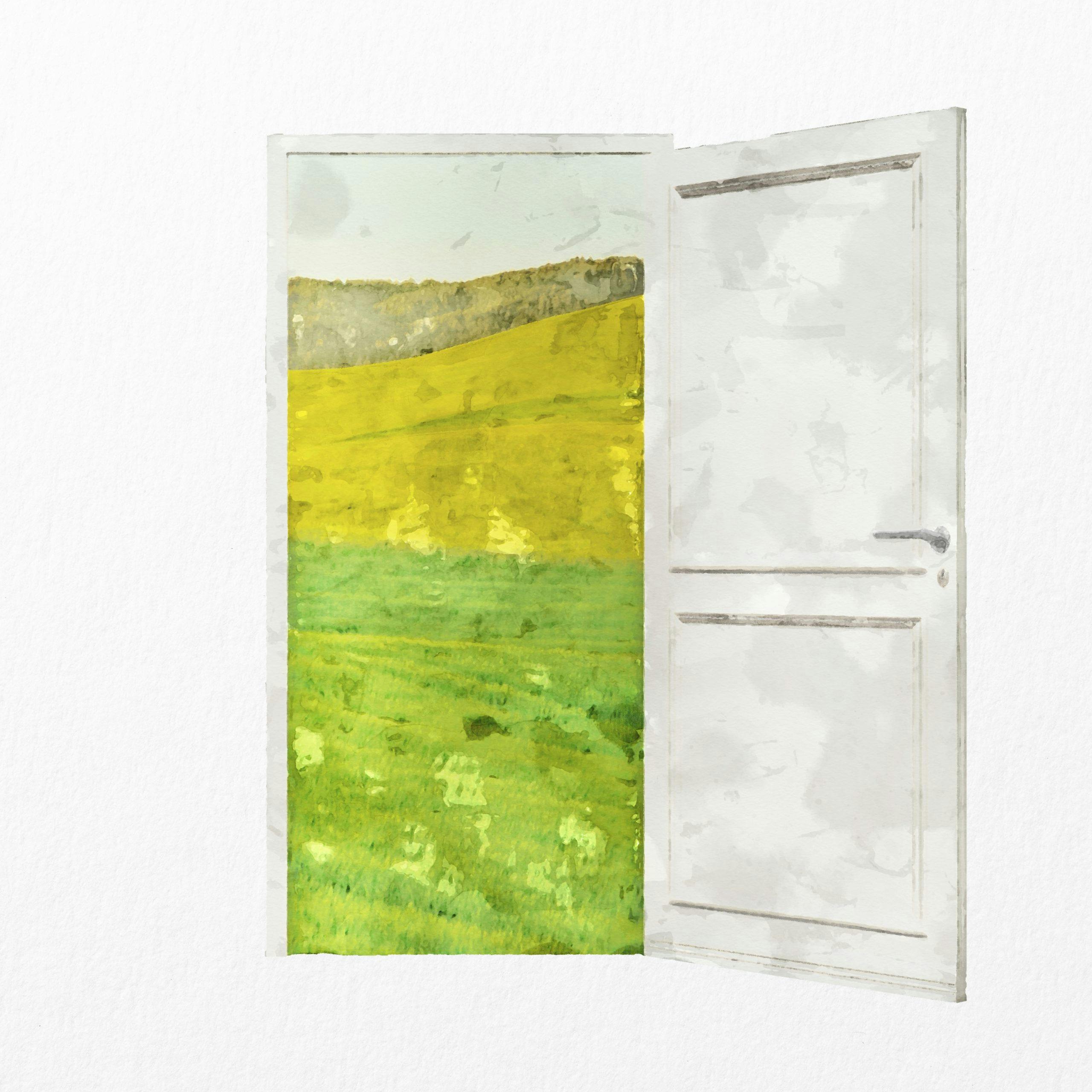
Count Sheep by Sonia Ekiyor Katimi (@studiobabycupid on Instagram). Mixed Media artwork included in my exhibit “We do not dream of labour”
Art helped me unravel, reimagine my world, and ultimately, rest. Then, I made an exhibit about it.
In reflection, the story I told through the exhibit was one I had been writing my whole life.
As any good storyteller, let me start from the beginning.
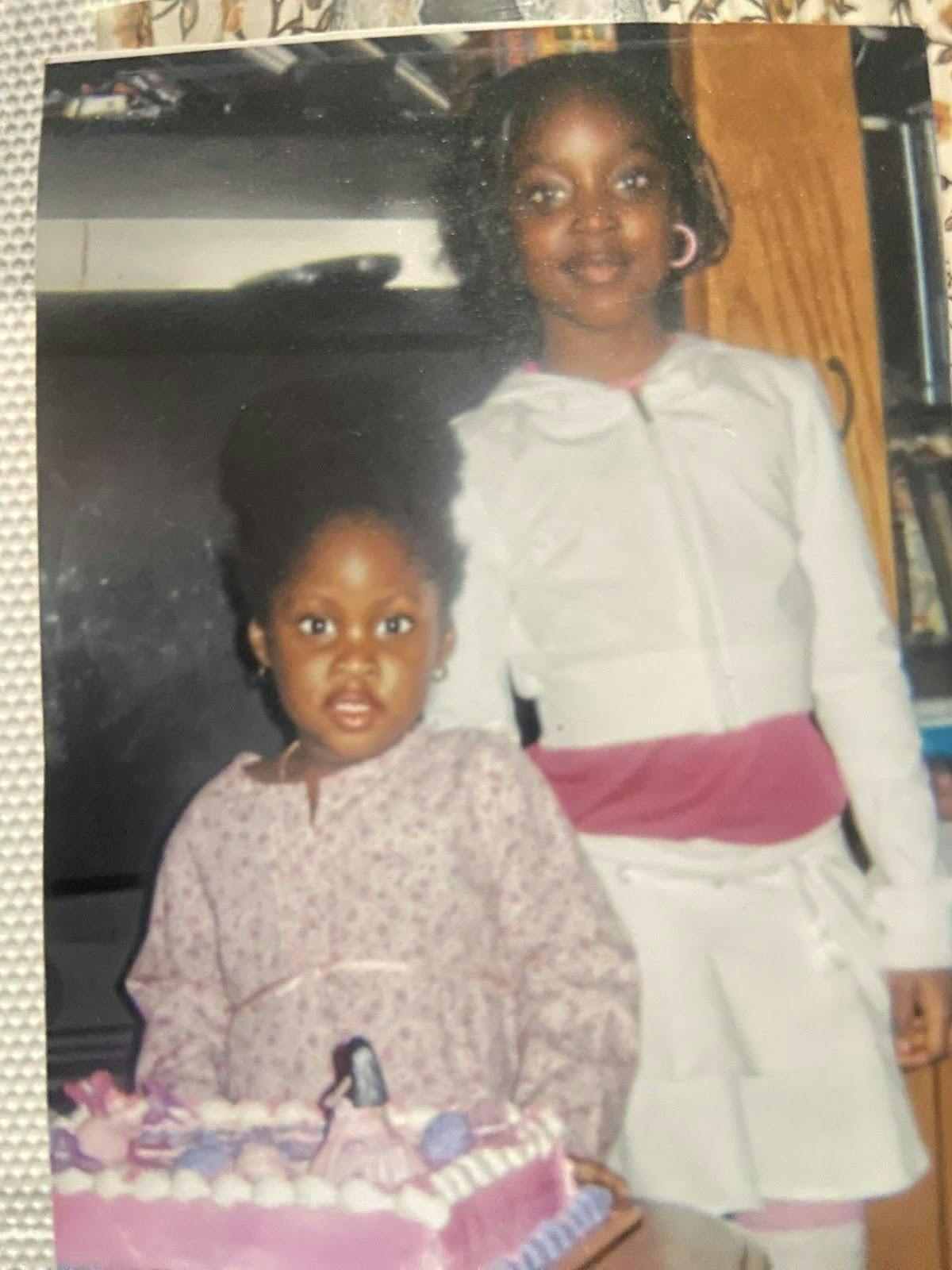
Pictured here is me (on the right) and younger cousin (on the left). Photo taken from my family album.
I was born and raised in Toronto, specifically Scarborough. Raised in a Liberian & Sierra Leonean immigrant family, I always knew that my upbringing was widely informed by an historical understanding of liberation and freedom—and that existing in survival mode was the norm. Historically, both countries (Liberia & Sierra Leone) were established from the idea that formerly enslaved Africans, from various colonial states, could resettle and regain a sense of freedom living together in the motherland. The histories of both countries are way more complicated than this and I encourage everyone to learn more. Eventually my family would have to escape their respective countries, due to concurrent wars, to find refuge in Canada. Freedom on this land is also quite relative.
For me, operating in survival mode was the natural order of things (it doesn’t help when you’re an eldest daughter.) As eldest daughters, we are given more responsibilities and higher expectations and this, among other life experiences, led me to being an overachieving, multitasking, people-pleaser, who tied much of my worth to my productivity (or what I can do for others). Growing up, I was never the most vulnerable person (being vocal about vulnerability is hard), but I was privileged to have creative outlets of expression such as dancing, poetry, journaling, and fashion.

Le colline se sent by Tanitoluwa Olorunyomi (@tani.olorunyomi on IG). Photographic print included in my exhibit “We do not dream of labour”
When I moved to Ottawa in 2016, I spent the pursuit of my degree navigating a predominantly white institution (one of many spaces that didn’t reflect the community that felt like home). For five years, I grappled with culture shock and politics (in and out of the classroom), trying to prove that I was worthy of taking up space. Between the code-switching and contorting to fit “the mold”, I found safe spaces like the Black Student Leaders Association, which allowed me and my community to thrive. It supported me to become an agent for change and to point to the institutional gaps that existed for marginalized students. The level of discrimination that I experienced and witnessed while completing my degree in International Studies bred an urgent need to change the world. Some can call this a saviour complex, others, superwoman syndrome. I graduated at the end of 2021, having lived through a global pandemic that radically changed my (our) way of existing. Surviving capitalism and racism, and working through socioeconomic burnout became entrenched in my DNA (and that of my community). Worn out from activism and compassion fatigue and ongoing grief, I wanted to make space for holistic and sustainable care. I was exhausted..

Finding Peace by Oladimeji Odunsi (@oladimeg on IG). Video still included in my exhibit “We do not dream of labour”
Entering 2022, I grieved and reckoned with parts of myself (and loved ones who had passed.) I was becoming acutely aware of my own mortality. Forced to confront the state of my health, my capacities, and boundaries, I knew that I had to change my life. I knew that inner work wasn’t enough and that I had to address my external life, as well. I made the difficult but necessary decision to quit my underpaying (and overworked) non-profit job and shift to a space of recovery. It was a deep conviction and a call to address not only my burnout but that of my environment. Seeing the intergenerational fatigue in the eyes of my mother, friends, and fellow organizers became undeniably clear. It took many hard conversations with myself and those closest to me, to gain a sense of enlightenment.

Me captured by Bernice Sheri (@bernice_sheri on IG) on a Mamiya RZ67
I realized I could no longer neglect my wellbeing in the pursuit of caring for others and I could no longer watch the people around me do the same. During my sabbatical, my epiphany was that rest and recovery should be prioritised. In fact, rest and recovery can be revolutionary. An intuitive call to dive into my creative endeavours (that I had long neglected) emerged, connecting me with the space to release the pent-up frustration of navigating a colonial-capitalist world as a Black woman in the diaspora. From burnout to rebirth, I was compelled to tell my story and make space for my people to do the same. I was called. Then, I saw the call on the OAG website.

Lacienega by Yasmine Hadid. Photographic artwork included in my exhibit “We do not dream of labour”
I applied for the role of Community Guest Curator at the Ottawa Art Gallery (OAG), in partnership with the Ottawa Black Art Kollective (OBAK) and funded by RBC Foundation. “We do not dream of labour”, an exhibit about rest, emerged. It was my first time working in a gallery, but I knew every aspect of the role, especially the community aspect. It felt completely aligned.

Captured by an attendee at the Vernissage for We Do Not Dream of Labour
The role was a year long, during which I developed the exhibit in collaboration with OAG staff. From logistics, to marketing, developing my curatorial skills, to peer-to-peer mentorship, I spent the first quarter of my contract navigating imposter syndrome as I researched, networked, and fleshed out the theme. The heart of the exhibit, We do not dream of labour, was rest and all its complexities within the Black community. The context informing this complexity is the colonial history of exploitative labour, disproportionate economic barriers, and the shift to collective liberation through radical rest. Rest that goes beyond 8-hours of sleep to what Black physician Dr. Sandra Daulton notes, are the physical, mental, emotional, social, sensory, creative, and spiritual dimensions of rest. Approaching this in a multidisciplinary and multi-sensory way was essential in representing these complexities. Black communities are not a monolith and neither are our ways of expression, so I wanted all kinds of artwork: poetry, sculptures, paintings, photographs, and more.

Par by William Martinak (@wimouska on IG). Sculpture of mixed materials included in my exhibit “We do not dream of labour”.

Captured by me during a tour of the exhibit. Featured artwork is diptych (poem and photograph) Black Mothers Deserve Naps by Maya “MayaSpoken” Basudde (@mayaspoken on IG)
I spent the last quarter of the exhibit doing a call for submissions. I was intentional about prioritizing new artists who had either never shown in an institution (or at all), while also involving seasoned artists in the region. Offering spaces that were traditionally inaccessible to me and my community has opened up a vast avenue for myself and other Black, Caribbean, and African artists to learn collectively.
I took on the feat of picking 38 artists and 59 pieces of artwork. The two months leading up to the opening was spent preparing the marketing plan, working with the artists, and finalizing the curatorial statement. I held virtual and in-person meetings with the artists in group and solo sessions and what emerged from the artwork were themes of motherhood, music, nature, vulnerability, each intrinsically linked to rest. There were pieces that highlighted the labour of maternal figures, while simultaneously showing these women as the subject of care. There were pieces celebrating an artist’s favourite albums, to leverage their relationship to leisure. There were pieces that represented the power of nature to evoke creative rest. Finally, there were pieces that displayed a breadth of emotion and physical vulnerability that too often gets demonized and overlooked when shown through the lens of Black existence.

Mad Man by Yomi Orimoloye (@orimsyomi on IG). Painting included in my exhibit “We do not dream of labour”.
In the final stages of the exhibit, I began to feel the weight and artistic authority that comes with being a curator. Ironically, I felt the emergence of a new cycle of burnout. At first, I didn’t want to accept this burnout as a reality (the over-achieving, multitasking, people-pleaser still living in my bones), but I turned to embody the ethos of the exhibit. I needed to address the emotional labour and the hyper-independence I was employing with grace and honesty. I needed to remind myself of the importance of community at the core of my healing and to reach out to the team that was supporting me on this journey (mentors, OBAK, and co-workers). In the most meta way possible, I shared my plight with my colleagues, took time to rest as they encouraged, and came back ready to complete the exhibit.

Chosen Family by Zineb Allaoui (@zineballaoui on IG). Totes included in my exhibit “We do not dream of labour”. Captured by me at the vernissage.
The opening for “We do not dream of labour” was on July 27th and the exhibit itself was held in the Galerie Annexe (commercial gallery) of the OAG. It was an intimate and calm viewing for the artists and my closest friends. The privacy of July 27th was a necessary precursor to the positively overwhelming opening party (vernissage) on August 10th. The turnout and the response felt like this dream (no pun intended) was actualized. Seeing the community that I had built over the years surround me, and show up in every way, left me in awe. It felt like divine alignment.

Taken at the Vernissage for “We Do Not Dream of Labour” at the Ottawa Art Gallery. Photo by Lindsay Ralph

A patron captured by Lindsay Ralph at the Vernissage for We Do Not Dream of Labour at the Ottawa Art Gallery
Curation is really about mobilizing and coordinating the community through art. I am still speechless when I think about August 10th. From July 27th until the closing on October 1st, I gave tours, and it was one of the most fulfilling parts of the whole experience. I welcomed other art professionals, family, friends, public servants, students, even patrons from other cities. This exhibit was a story about the human experience told through the lens of Black, African, and Caribbean artists of a variety mediums and experiences and everyone, not just folks in the Black community, found a piece that they could connect to.
Since the closing, I’ve been going through the motions, reassessing what I do for self-preservation, and figuring out how I can continue to walk in my purpose. A few days after the closing was my birthday and right after that, I experienced a loss in my family which catapulted me into a familiar state of grief. Grieving a loved one who has left this earth, grieving who I was at 24, and grieving a project I (almost literally) poured myself into for the past year. This grief reminded me that I don’t want the only time I “rest in peace” to be when I’m 6 feet under. It reminded me to feel all the waves of grief and to experience life, grief, and rest in a holistic way. As an artist, you learn to repurpose the pain into a creative outlet. I always want my work to reflect vulnerability and truth. I feel grounded in this, and in my purpose to search for collective liberation through various mediums while moving in truth. There are many folks, strangers and loved ones alike, asking me about what’s next, and to that I say: the same way I started this career, resting and being vulnerable. I intend to uphold those values despite all the barriers and definitely, curate more exhibits.

Rest by Sydney Agnant (@unknwn.vixxn on IG). Acrylic on canvas included in my exhibit “We do not dream of labour
I want to leave you with this affirmation: You deserve to sleep, to unplug, to dream, to leisure, and access it at any given time. Rest is repair. Rest is renewal. Rest is revolutionary. You can take time here, in this space, and always.
Ode to you and your story.
